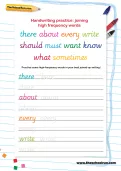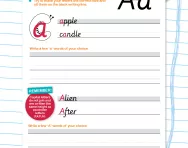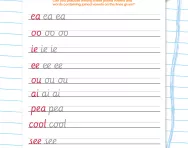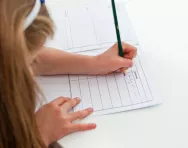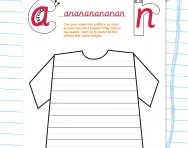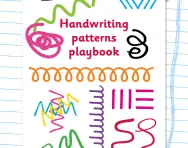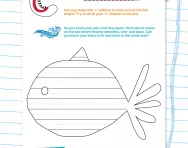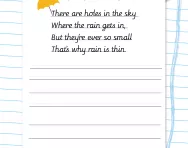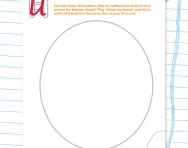Important update from TheSchoolRun
For the past 13 years, TheSchoolRun has been run by a small team of mums working from home, dedicated to providing quality educational resources to primary school parents. Unfortunately, rising supplier costs and falling revenue have made it impossible for us to continue operating, and we’ve had to make the difficult decision to close. The good news: We’ve arranged for another educational provider to take over many of our resources. These will be hosted on a new portal, where the content will be updated and expanded to support your child’s learning.
What this means for subscribers:
- Your subscription is still active, and for now, you can keep using the website as normal — just log in with your usual details to access all our articles and resources*.
- In a few months, all resources will move to the new portal. You’ll continue to have access there until your subscription ends. We’ll send you full details nearer the time.
- As a thank you for your support, we’ll also be sending you 16 primary school eBooks (worth £108.84) to download and keep.
A few changes to be aware of:
- The Learning Journey weekly email has ended, but your child’s plan will still be updated on your dashboard each Monday. Just log in to see the recommended worksheets.
- The 11+ weekly emails have now ended. We sent you all the remaining emails in the series at the end of March — please check your inbox (and spam folder) if you haven’t seen them. You can also follow the full programme here: 11+ Learning Journey.
If you have any questions, please contact us at [email protected]. Thank you for being part of our journey it’s been a privilege to support your family’s learning.
*If you need to reset your password, it will still work as usual. Please check your spam folder if the reset email doesn’t appear in your inbox.
Handwriting practice: joining high-frequency words
Some cursive handwriting practice and spelling practice rolled into one: writing high frequency words, joined up. Remember that letter formation can vary from school to school, so check letters like g, j, k and z to ensure that your child is writing them the same way at home and at school.
What should a Year 2 child's handwriting look like?
By Year 2, your child's handwriting should be more consistent and easier to read. They should be forming most letters correctly, with clear differences between capital and lowercase letters. While some letters might still be a bit uneven, their writing should generally be neat and legible, with words spaced out enough to read easily.
You might notice your child starting to write in full sentences, using capital letters at the beginning and periods at the end.
Basic punctuation like commas and question marks might make an appearance too, though they’re still learning to use them correctly.
Some schools may even start introducing cursive writing around this time, so you might see your child beginning to join letters together.
Remember, every child develops at their own pace, so it’s normal if their handwriting isn’t perfect yet. The important thing is that they’re practising regularly and starting to feel more confident in their writing. A little encouragement and praise can go a long way in helping them improve!
How will this handwriting worksheet help your child?
This teacher created, free resource focuses on joining letters in high-frequency words, such as there, about, should etc. It is a visual aid that also provides space for practice and will help build your child's confidence in joining letters.
If you're looking for more handwriting tips and activities, visit our Handwriting hub page, or try a fun new challenge such as our Patterns Playbook.
